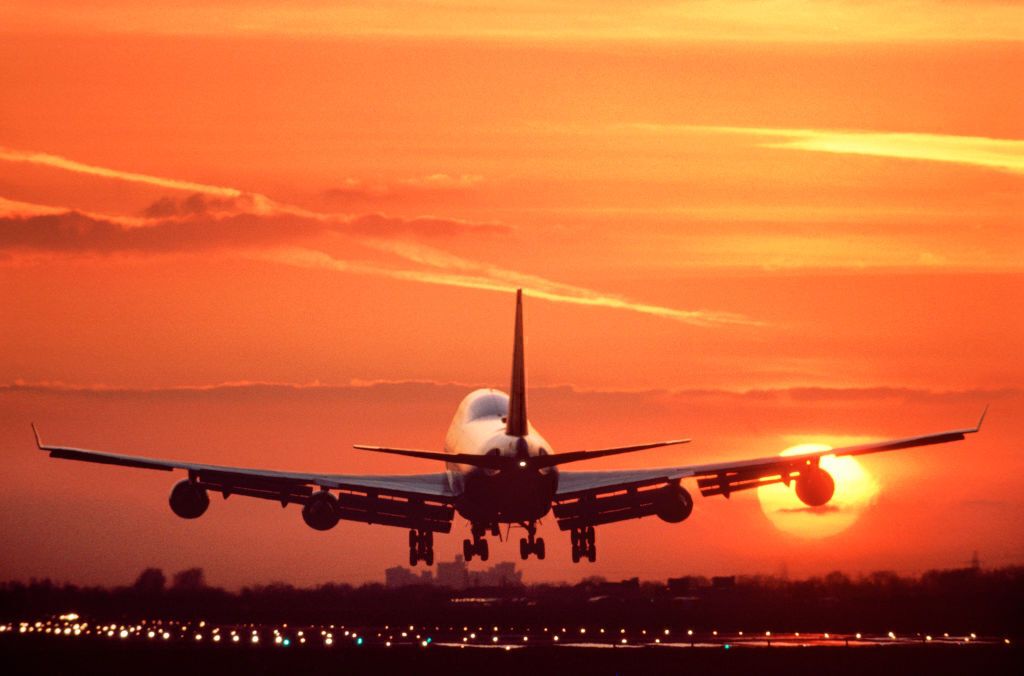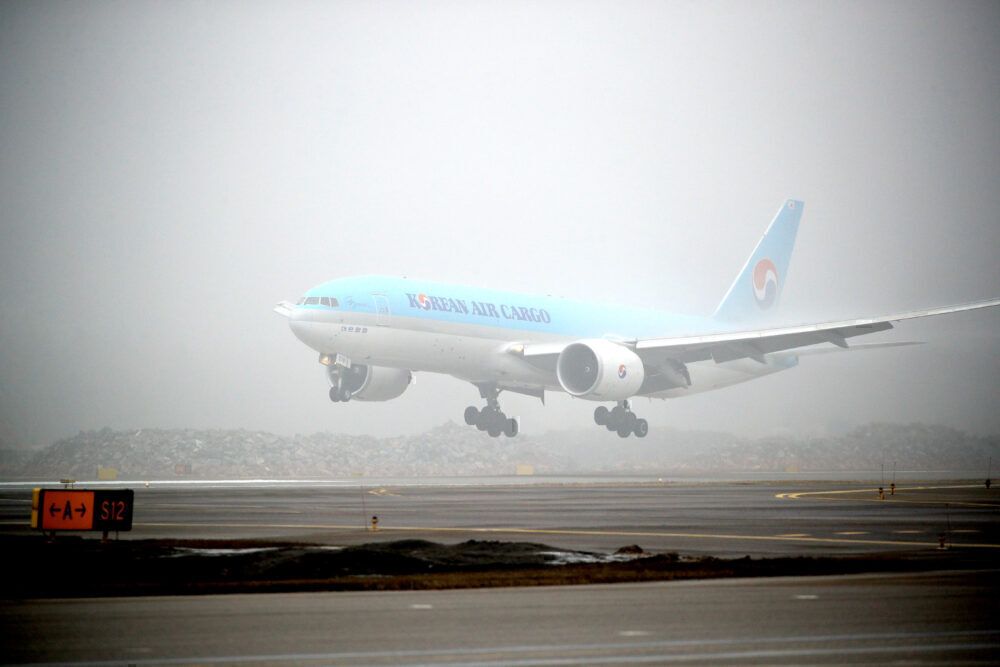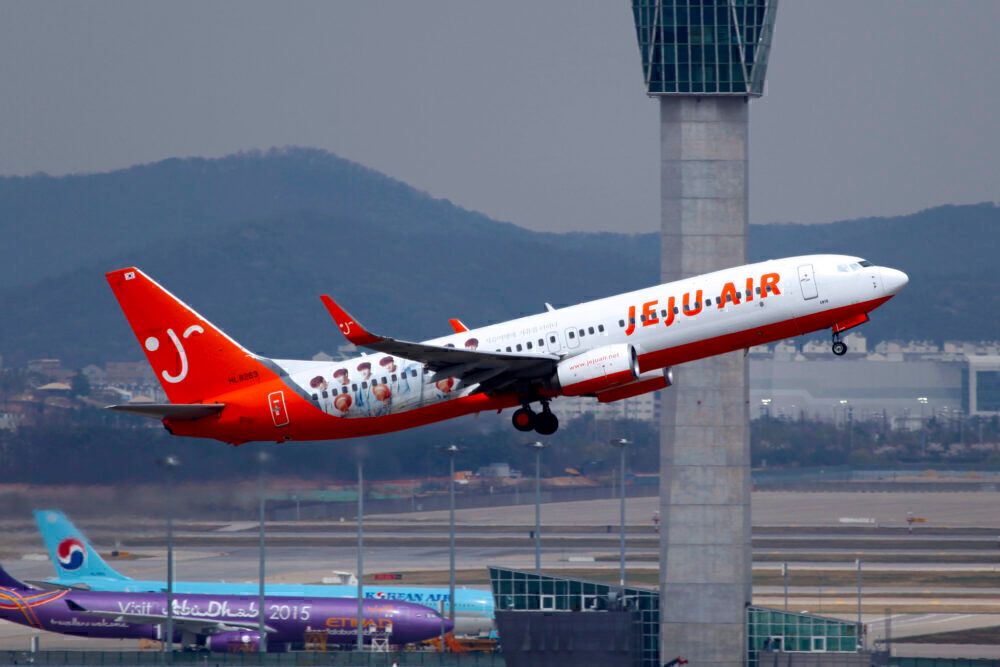Autopilot is a crucial system in operating modern aircraft. While it cannot replace pilots altogether, it significantly assists their control of the aircraft. With a plane's trajectory accounted for by this system, pilots can instead turn their attention to other operational factors such as the weather, or communicating with air traffic control. But how exactly does it work?
How does it work?
Autopilot systems are far from a new phenomenon, with the first examples having appeared more than a century ago. However, these hydraulics-based systems were not the same as the computerized examples found on modern airliners. Nonetheless, even early examples had impressive capabilities, with one managing to keep a US Army Air Corps aircraft at the same heading and altitude for three hours in 1930.
As reported by Pegasus Airlines, modern autopilot systems work by controlling an aircraft's movement around its center of gravity. This helps to constantly keep the plane level, even during extended cruise periods.
When route data is uploaded to this software before a flight, the autopilot can also help turn the aircraft to pre-set headings at certain points for it to maintain its correct, planned course. It does this by detecting the aircraft's position, and then using this information to guide it as necessary using the flight control system.
Stay informed: Sign up for our daily and weekly aviation news digests.
Other uses
Generally, flight crew will engage the autopilot after the aircraft has left and climbed away from its departure airport. It is the norm for it to then be disengaged ahead of the flight's landing. However, in extreme cases, pilots can use autopilot to assist with the touchdown. However, this only tends to be done in cases of minimal visibility, such as under foggy conditions.
Pilots can also use autopilot in conjunction with autothrottle. This is a system that, once again, benefits pilots by reducing their workload. However, it can also be advantageous in terms of fuel economy. This is because pilots can use the system to input a target indicated airspeed, which the autothrottle will then meter exactly the right amount of fuel to reach and sustain.
Christmas diversion
As we have established, autopilot plays a crucial role in allowing pilots to focus on other aspects of a given flight's operations. Without it, this ability would be compromised. As such, autopilot failures are taken very seriously, and considered to be incidents worthy of a diversion. Simple Flying has covered a handful of these in recent years.
Indeed, as recently as last Christmas, an autopilot failure forced Moscow-bound Tupolev Tu-204 cargo aircraft to divert to Nizhny Novgorod. Clearly, such systems have no considerations fr the festive season! Thankfully, the aircraft landed safely, and, being a cargo flight, no passengers were inconvenienced by the diversion.
Previous incidents
A little longer ago, in October 2019, a similar failure forced a Jeju Air Boeing 737-800 to return to Busan, South Korea shortly after departure. This caused the aircraft to roll erratically to the left and right, although, once again, the aircraft landed safely.
One such instance in Canada in August 2019 actually led to a passenger being injured. This occurred when a Boeing 737-200 rapidly corrected its pitch after its autopilot had initiated an uncommanded climb. However, with the aircraft back under control, the flight was able to continue to its destination of La Grand Rivière, Quebec.
However, despite these incidents, it is, of course, important to remember that autopilot is generally a very safe system. Like all aspects of commercial aviation, it has been designed with safety as its primary priority. The fact that computers can play such a significant role in operating aircraft is a testament to how far such technology has come over the years.
Have you ever been on a flight that has experienced an autopilot failure? Let us know your thoughts and experiences in the comments.




